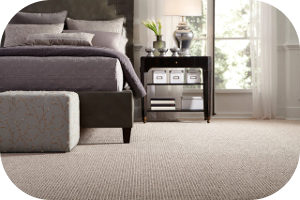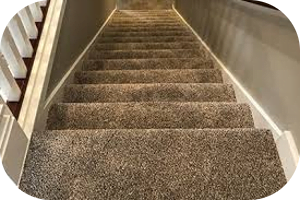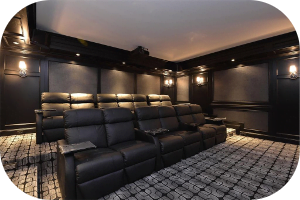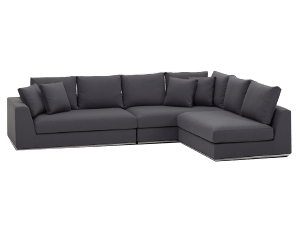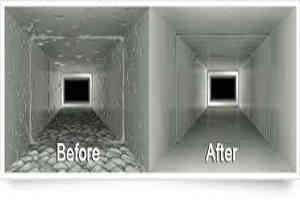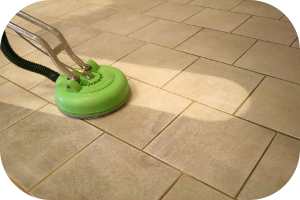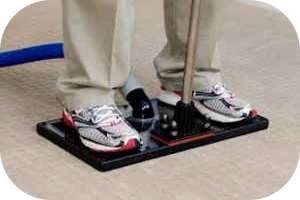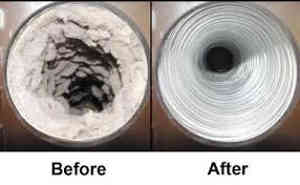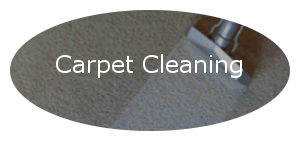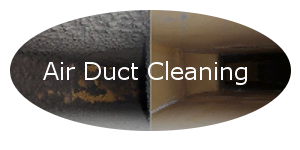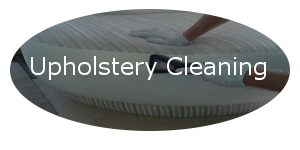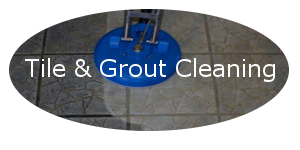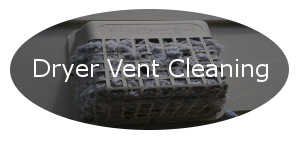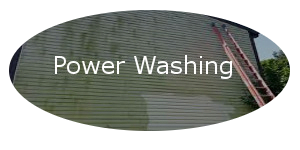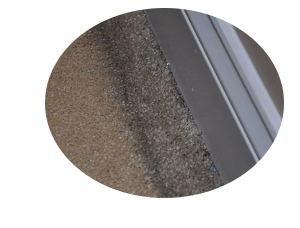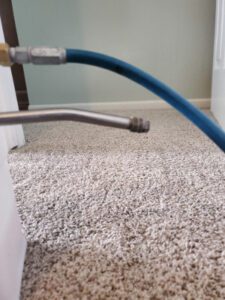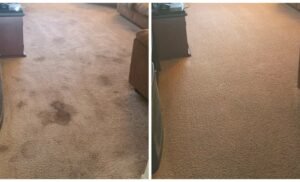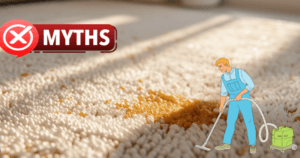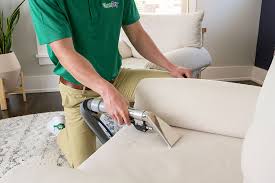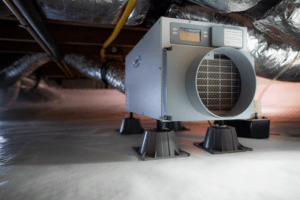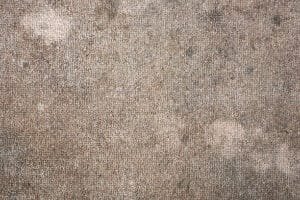Are you thinking about why your carpet is becoming dark at the edges? These lines in your carpet are the result of something called filter soil.
What is the definition of filtering soil?
Filtration soil is a collection of household pollutants, like dust pet hair smoking (especially caused by burning candles) as well as fireplace ash, cooking oils, as well as outdoor contaminants that are caught in the carpet’s fibers. They appear as gray or black lines, zones or streaks. Most of the time the filtration soiling does not represent mold.
Filtration soil may also appear in the form of black lines on your carpets along the walls, beneath doors or around air vents or around some edges on your staircase. Find out the reasons for filtration lines on carpet, the best way to clean edges of carpet and the best way to get rid of the lines, if possible. Healthy Carpets recommends you to clean your carpets professionally every 12 to 16 months.
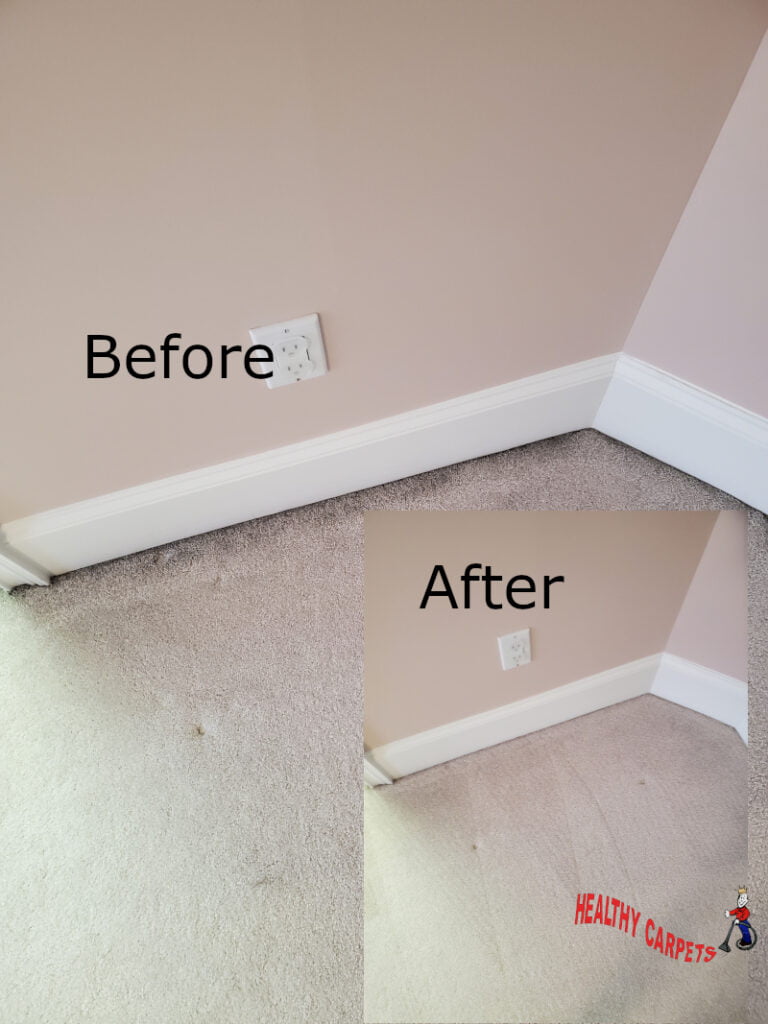
What is the cause of Black Lines Along the Edge of Your Carpet?
Filtration soiling is the result of air being pushed into the space or room in a way that is more intense than it is able to escape from the area via air circulation. The air seeks other escape routes, which typically result in the gap between your carpet trim on the wall and also under doors that are closed.
When air flows through these cracks and passes through the carpet, acting as a filter for air. All airborne pollutants are absorbed by the carpet and the carpet will turn dark or black in the space.
The dirt is not due to insufficient vacuuming or incorrect techniques of vacuuming (although repeatedly failing to clean the edges of the room could contribute to the issue) vacuuming is very important. It’s an issue that can be found in even the cleanest homes , and isn’t considered an indication of the house’s cleanliness.

How Do You Remove Soil Filtration?
Carpet discoloration caused by soiling from filtration is extremely difficult to get rid of. These particles are very small and they are within the carpet’s fibers. In extreme instances it might not be feasible to completely eliminate all trace of the soil.
There isn’t a easily accessible and trustworthy carpet filtration soil remover product to buy other than an industrial carpet cleaner. If you are experiencing this kind of soiling, it’s better to let professionals deal with the task. Call an neighborhood carpet cleaning service to explain the problem and seek suggestions. The method of cleaning most likely to be the most effective in removing soil filtration can be described as the hot-water extraction (commonly called steam cleaning). A cleaner that is added to the water in the machine helps in the removal of soil filter lines.
How Can Soil Filtration be Avoided?
There are actions you can take to stop filtration soils to prevent it from growing. After it’s happened but it can be expensive and difficult to get rid of. There are several preventative measures to reduce the development of soil lines for filtration.
Start with the HVAC System
The first step in preventing contamination by filtration is to get the ducts of your home cleaned. As air passes by the system of ventilation it takes in any dirt that is present in the ducts and it then carries it to the home , and eventually into your carpet. Experts suggest that keeping your ducts regularly cleaned is among the most effective methods to prevent this from happening on your carpet.
Also, make sure you replace your HVAC (furnace/air conditioning) filter often, as recommended by the kind of filter you choose to use (some have a longer lifespan in comparison to others). The filter catches a large amount of airborne contaminants and prevents them from moving through the ducts and venting out to the interior of your home.

Eliminate gaps
Another approach to reduce the risk is to eliminate the gaps that air is trying to escape. As much as is possible you should keep the doors in between rooms open, allowing the air to flow freely through the opening , so that it doesn’t get trapped in the carpet while trying to escape through the door.
The gaps between the baseboard and carpet trim could be sealed with an expanding foam sealant. Depending on the size gaps, it might require pulling your carpet off of the wall in order to gain access to the entire area and to avoid getting any of the sealants on your carpet. The carpet will then need to be put back on top of the strips by using the help of a stretcher or knee kicker.
Reduce Pollutants
Believe it for not your dryer exhaust can play in big roll in inside pollutants. Getting your dryer vent cleaned once a year is recommended. Upholstery can also harbor lots of pollutants, make sure you have your upholstery professionally cleaned once a year (Upholstery cleaning codes). In the end, making a few changes to your lifestyle could help reduce the severity of the issue. Don’t smoke inside the home and limit or stop the burning of candles within the house. (If you love the ambience and smell of candles, consider using candles that are powered by batteries or an electric heater to warm the candle’s fragrant wax.) Make sure that your home is as clean as it can be by regular clean-up along with regular brushing also its recommended to dedust your carpets. Make sure to cook using your kitchen’s vent fan operating to clear the smoke that is escaping from your house.
Install a darker carpet
It’s no surprise that carpets with lighter colors are likely to show the issue in a greater way than carpets with darker colors. If no matter what you do however, the issue persists it is possible to change your carpet darker colors to hide the issue and give you some security.


